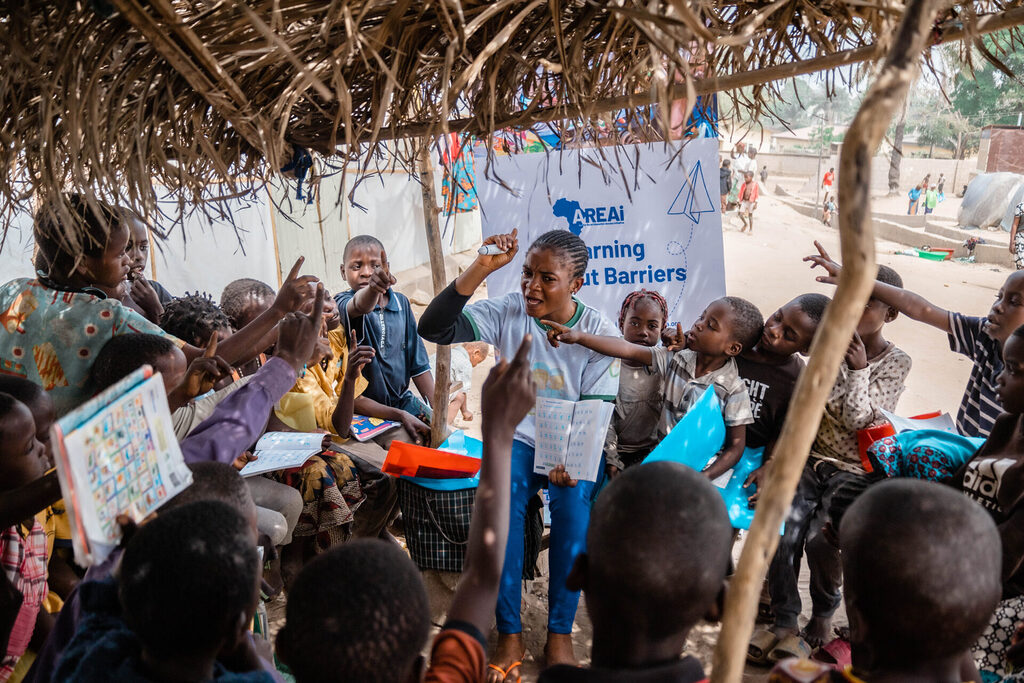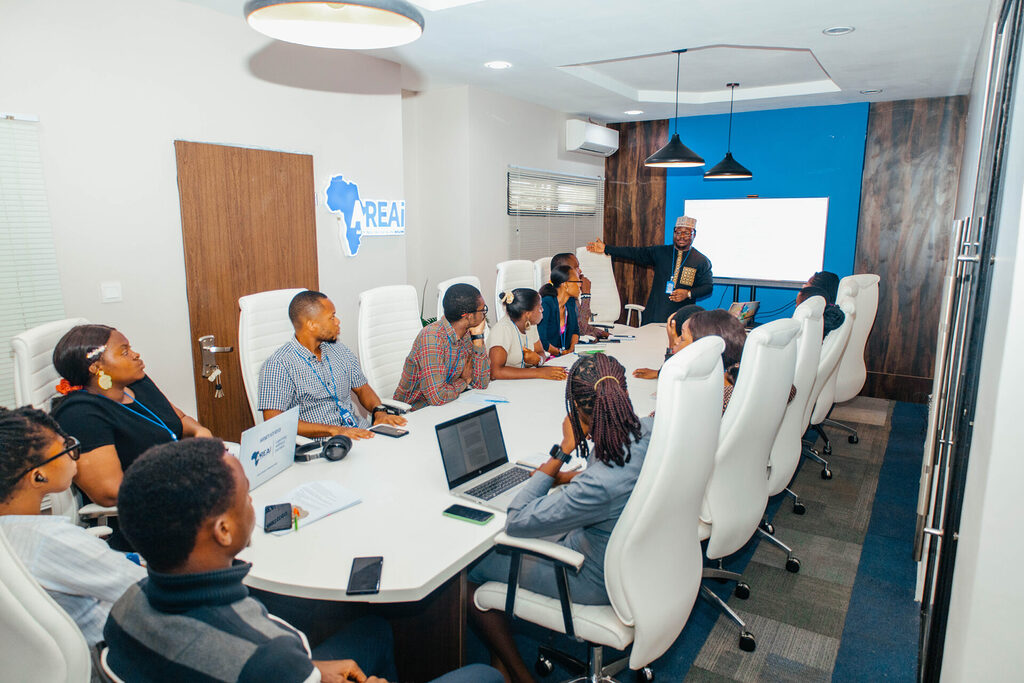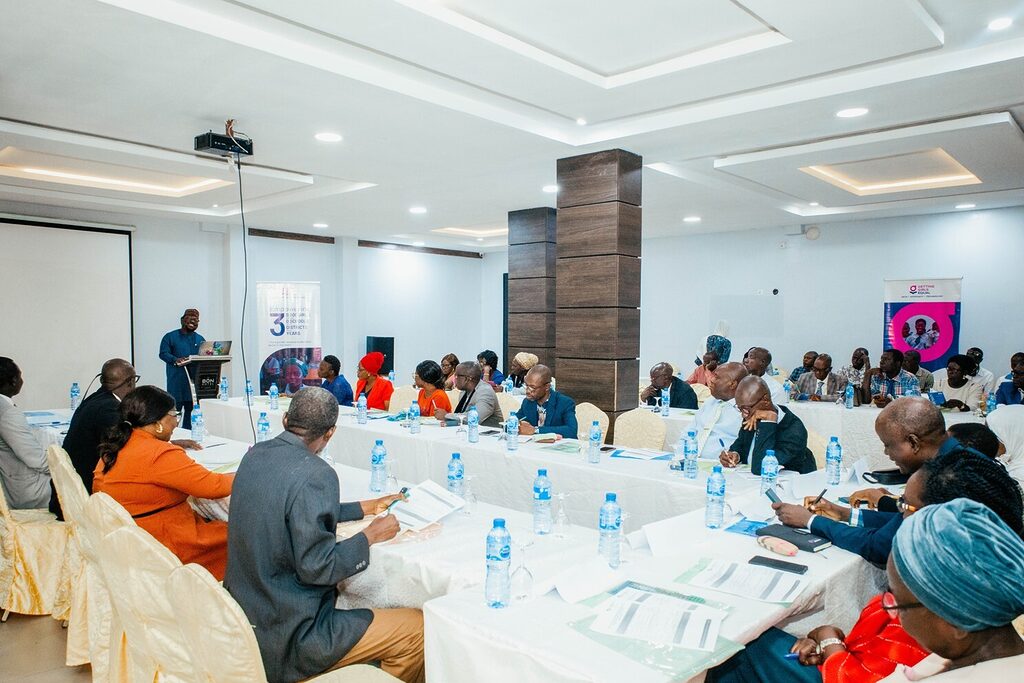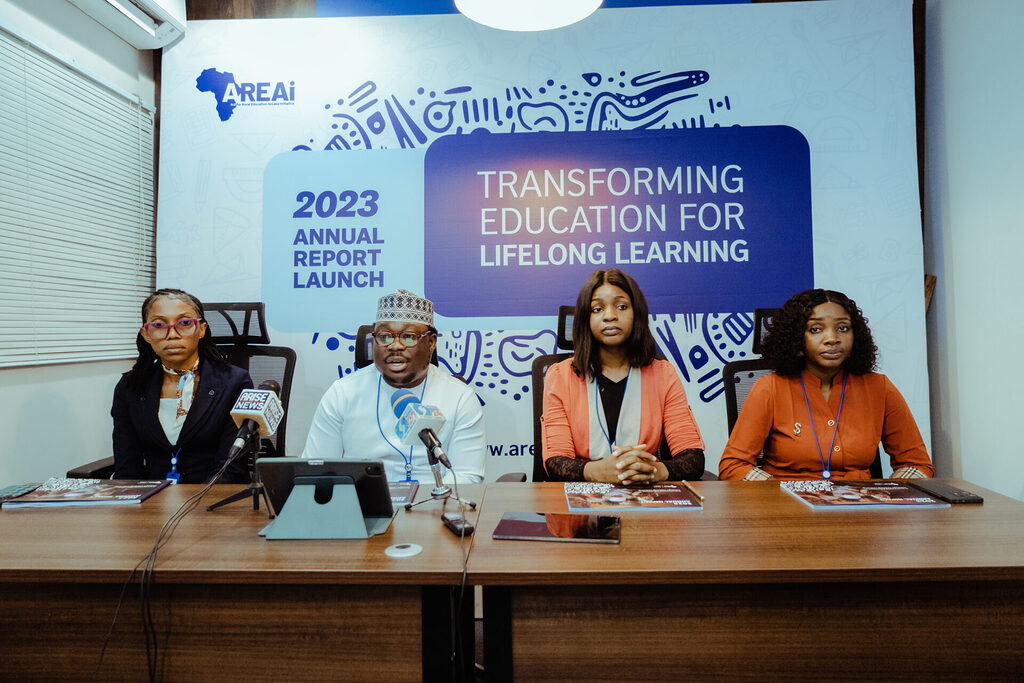
Effective communication is the backbone of any successful social impact initiative, and at AREAi, we’ve learned that crafting compelling narratives, leveraging diverse channels, and engaging authentically with our audience are key to driving meaningful change and achieving our mission.
Effective communication is more critical than ever, especially for non-governmental organizations (NGOs) striving to create social impact. Our experiences have taught us that the way we convey our messages can be as important as the initiatives or programs we undertake.
Through implementing strategic communication practices, our NGO has significantly enhanced its outreach and engagement, resulting in positive social change. According to a study by the Stanford Social Innovation Review, organizations that effectively communicate their mission and impact can increase donor engagement by up to 50% and volunteer engagement by 89.9%.

A survey conducted by the Nonprofit Marketing Guide found that 70% of nonprofit organisations believe that effective communication is crucial for raising public awareness about their causes, and it can improve donor retention rates by as much as 20%. Effective communication strategies are vital for driving social impact, as they serve as the bridge between an NGO’s mission and its stakeholders.
In a world saturated with information, the ability to convey messages clearly and compellingly can significantly influence public perception and engagement. By employing tailored communication approaches, NGOs can connect with diverse audiences, ensuring that their initiatives resonate on a personal level. This fosters understanding and support and empowers individuals to take action, whether through donations, volunteering, or advocacy. Moreover, effective communication enhances transparency and trust, essential for building lasting relationships with communities and partners. When NGOs prioritize strategic communication, they amplify their reach and effectiveness, creating a ripple effect that can lead to meaningful and lasting social change.

Despite the critical importance of effective communication strategies, NGOs often face significant challenges and crises that can hinder their efforts. One major obstacle is the limited resources available, including funding, personnel, and time, which can restrict the ability to develop and implement comprehensive communication plans. Additionally, the rapidly changing media landscape and the rapid growth of misinformation can complicate outreach efforts, making it difficult for NGOs to convey their messages accurately and effectively. Cultural and language barriers may also pose challenges, particularly when working in diverse communities, as miscommunication can lead to misunderstandings and diminished trust.
Furthermore, during times of crisis, such as natural disasters or public health emergencies, NGOs must navigate the urgency of the situation while ensuring that their communication remains clear and sensitive to the needs of affected populations. These challenges underscore the necessity for NGOs to be adaptable and innovative in their communication approaches, leveraging technology and collaboration to overcome obstacles and maintain quality /connections with their audiences.
This article outlines key communication strategies that have effectively achieved our goals at AREAi. Some of them include;
Storytelling is a powerful tool in any communicator’s arsenal. When we share compelling narratives that communicate our impact, we can create an emotional connection with our audience and inspire them to take action, whether that means donating, applying for our Program and Impact Fellowship (PIF), volunteering when such opportunities arise, or even advocating for our cause.

Here are a few ways we leverage storytelling:
i. Humanizing Issues: Instead of presenting raw statistics, we tell stories of real beneficiaries of our programs. Personal narratives breathe life into the data, making our work relatable and tangible.
ii. Visual Storytelling: To further enhance engagements, we incorporate visual elements like images, videos, and infographics into our narratives. These visuals, especially our images, which are dominantly used, illustrate our impact stories powerfully, making them more memorable and relatable.
iii. Building a Narrative Arc: Our stories often follow a narrative arc. A beginning that introduces the challenge, a middle that showcases our programmatic interventions or solutions, and an inspiring conclusion that showcases our efforts and program outcomes. This structure keeps our audience engaged and invested in our message.
Understanding who we are communicating with is the cornerstone of effective outreach. To connect with our stakeholders, we focus on the following steps:
i. Segmentation: We categorize our audience into distinct groups based on demographics, interests, and needs. This segmentation helps us tailor our messages effectively to reach our target audience.
ii. Messaging Framework: By creating a messaging framework, we can ensure that our core message resonates with our segmented target audience. This framework includes key themes and talking points customized for our target audience, especially in our email marketing or newsletters to beneficiaries, donors, community partners, or funders.
In an age where information travels quickly, it is essential to utilize a wide range of relevant communication channels to reach our audience effectively. Some of our approaches include:
i. Social media: Platforms like Facebook, X, LinkedIn, Instagram, Threads, and YouTube enable us to interact with our community in real-time. We use these platforms to share updates, engage in conversations, and mobilize support for our initiatives through our campaigns.
ii. Email Newsletters: Regular and Quarterly email updates inform our supporters about our activities and achievements. Our newsletter mascot at AREAi, Simbi, and the Education Companion continues to champion our brand voice in education development efforts as an organization. This not only maintains engagement about critical updates from us that some may miss on social media, but also invites feedback, inquiries, and further connection with beneficiaries, stakeholders, Funders, and Partners. Each received tailored and relevant information and messages from us through email.

iii. Traditional Media: While digital platforms dominate current communication, we also recognize the value of traditional media. Press releases, TV and radio interviews, and partnerships with local news outlets help us reach audiences who may not be active online for various reasons. This is especially useful for key developments, announcements, innovations, or special newsworthy events. By diversifying our communication channels, we maximize our reach and ensure that our messages are accessible to different demographics, receiving the public publicity and endorsement needed.

iv. Websites: Our website showcases the robust impact of our work as an organization, with designated website pages for our diverse programs. It features publications (News, Articles, or Updates), Special Reports, Policy documents, curated media, and all relevant components across our program for impact stories and awareness. These strategic communication efforts enhance search engine optimization and marketing, positioning our NGO prominently with relevant stakeholders, potential donors, and funders who may want to support our social development initiatives across various programs. Our website serves as a consolidated portfolio; we ensure it remains up to date, effectively communicating our development and activities as a team.
We prioritize measurement and evaluation to ensure our communication strategies are effective. Our process includes:

i. Setting Clear Objectives: We establish specific, measurable goals for each communication campaign. This could involve increasing social media engagement by a certain percentage, raising awareness among a new audience demographic, or leveraging a trend.
ii. Collecting Data: Using tools like Google Analytics and social media insights allows us to gather data on how our messages are received. Tracking metrics such as open rates, click-through rates, and engagement levels helps us measure our success. We also evaluate data from our Monitoring and Evaluation team on projects and programs, leveraging these for our impact stories.
iii. Improvement Opportunities: We can refine our communication strategies based on the insights we gather. Whether it involves adjusting our messaging, experimenting with new media, or re-targeting our audience, continuous improvement is essential to maintaining relevance and effectiveness. Thus, by consistently measuring our impact, we can refine our communication efforts and adapt to evolving trends, innovations, and audience needs.
Building strategic partnerships is one of the most effective ways to amplify our message. By collaborating with local and international organizations, we can share resources and broaden our outreach efforts. Joint campaigns can energize our missions and foster community support in specific regions. We have developed programs that empower young minds; these have served as blueprints for scaling at the grassroots level and acted as a springboard for expansion to more regions in need.

Effective communication strategies lie at the heart of the operations of every successful NGO. When creating real change, effective communication isn’t just about sending a message; it is about sparking meaningful conversation, building connections, and inspiring action.
At Aid for Rural Education Access Initiative—AREAi, we have learned that the little things make a big difference, from telling authentic stories to listening to our community’s needs and engaging with relevant stakeholders.
We have done this successfully by identifying our target audiences, successfully utilizing storytelling, leveraging various communication channels, measuring our efforts, and working with the ever-changing communication trends, while collaborating with partners and overcoming the challenges that come with efforts in social impact. As we continue to learn and adapt, we remain committed to evolving our strategies to ensure that our voice resonates and stays relevant to our vision, the problems we solve, and how we continue to lead meaningful social changes, especially in education, which is core to our mission.
Written by:
Anave Mary Abdulsalm
Digital Communications Associate, AREAi
1. Social media strategy for NGO’S https://facelift-bbt.com/en/blog/social-media-strategy-for-ngos
2. Storytelling – https://en.wikipedia.org/wiki/Storytelling
3. Communication – https://en.wikipedia.org/wiki/Communication
4. Collaborative Communication – https://en.wikipedia.org/wiki/Political_comm-unication
5. Adrienne Royer (2025) How to build a winning nonprofit social media strategy in 2025 https://www.julepcrm.com/blog/how-to-build-a-winning-nonprofit-social-media-strategy-in-2025/